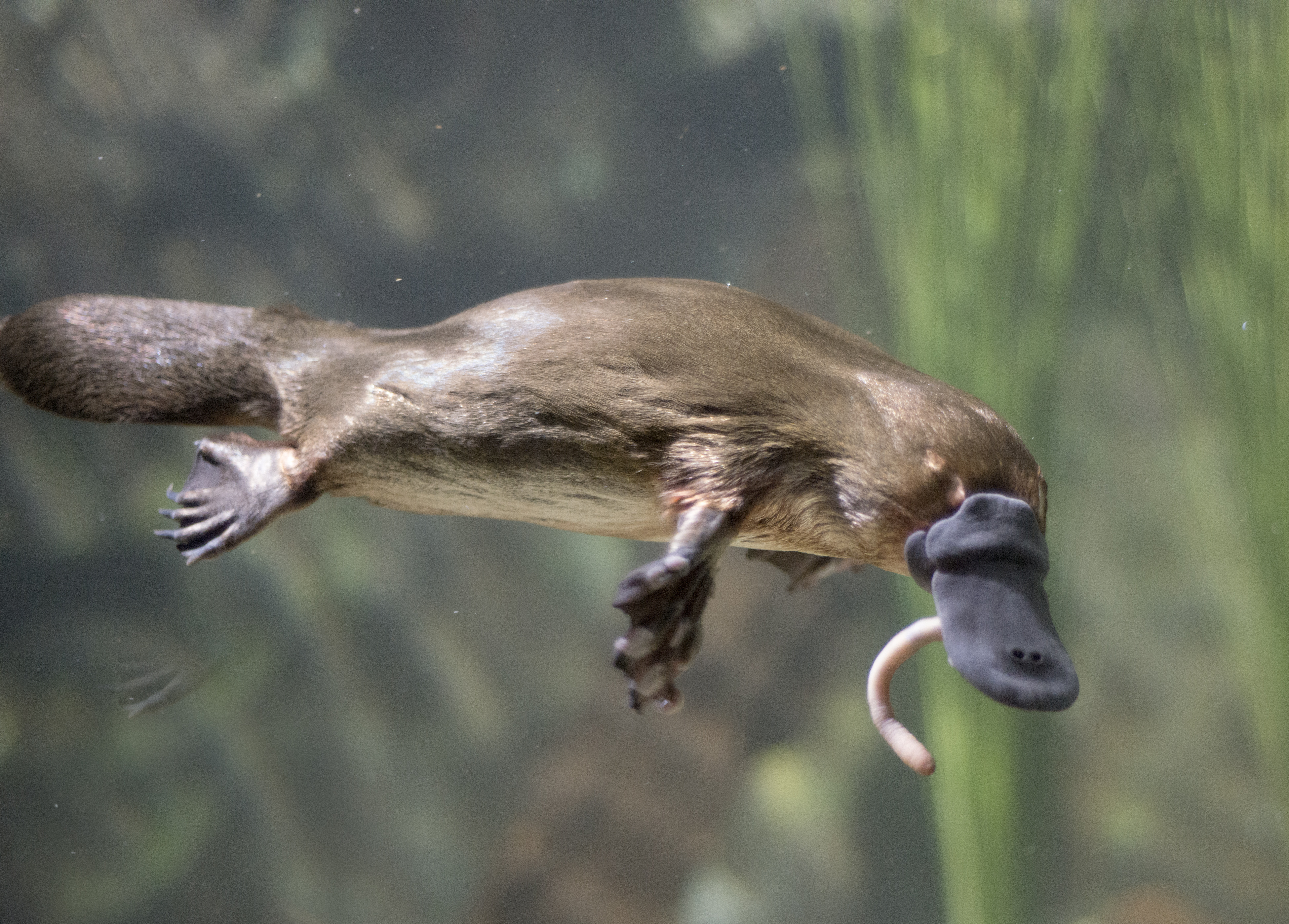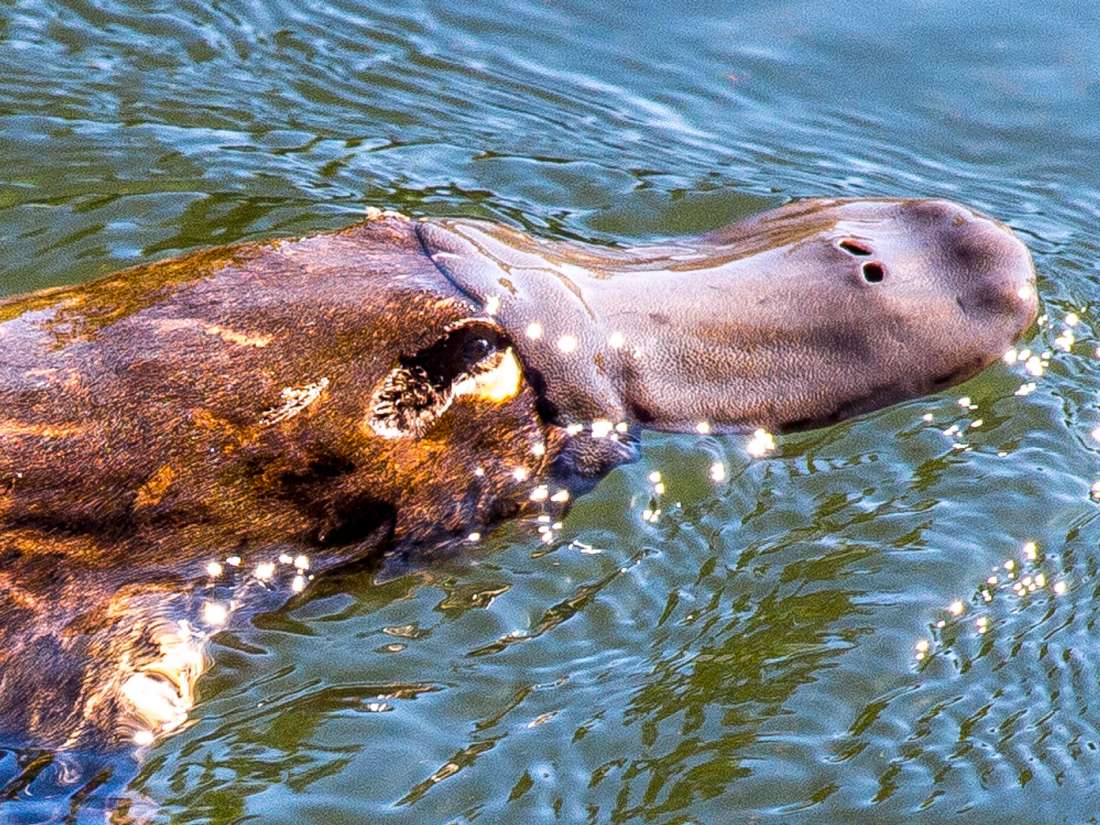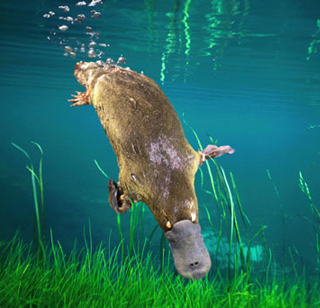

“That’s probably the reason why we see such low fat in the black rhinoceros milk.”

“And that makes sense, because if a female were lactating for a few years and really investing in putting a lot of nutrients into her milk, that’s not really sustainable over a long period of time,” Skibiel says. In a 2013 study, Skibiel’s team found that species that lactate for longer durations tend to have lower fat and proteins in their milk. Then they spend a considerable amount of time-almost two years-nursing their young. They have long pregnancies that last for over a year, and they give birth to one calf at a time. Black rhinoceroses become capable of reproducing only once they reach four to five years old. This dilute milk may have something to do with the animals' slow reproductive cycle. A rhino mom produces milk that is watery and has only about 0.2 percent fat. The high-fat diet helps the pups put on a thick layer of blubber that serves to insulate their bodies against the harsh, cold environment, says Amy Skibiel, a lactation expert at the University of Florida.īlack Rhinoceros ( Diceros bicornis) JMWScout/iStockīy contrast, the black rhinoceros has the skimmest milk on the fat spectrum. By the time they are weaned, they are almost double in weight, researchers have found. So the mother seal feeds her pups for only four days, packing a lot of energy-dense fat into her milk.ĭuring this super-short nursing period, the pups can consume about 16.6 pounds of milk every day. Seal mothers give birth to pups on floating ice, an environment that is both unstable and unreliable. Such a high-fat diet is crucial for the seal pups, because these animals are born into the freezing waters of the North Atlantic and Arctic oceans. But with more than 60 percent fat, hooded seal milk would rival some of the richest Häagen-Dazs ice creams out there. Human breastmilk has about three to five percent fat in it. Hooded seal mothers produce the fattiest known milk. Hooded seals ( Cystophora cristata) JORGE ZAPATA/epa/Corbis Here are some examples of the most extreme milks found in nature:

Figuring out how and why milk differs across species can help scientists better understand how human breastmilk influences infant development and growth, which can be especially useful for designing supplemental formulas for babies. All mammals produce milk, and each mammalian species produces its own special blend best suited for its babies. It also contains a cocktail of protective factors that help vulnerable babies fight off harmful microbes.īreastmilk is not a uniquely human feature. The researchers have published their findings in the journal Structural Biology Communications.A mother’s breastmilk contains a concoction of nutrients-mainly fats, proteins and carbohydrates-essential for a baby’s development. The researchers think the platypus milk protein could someday be a key weapon in the global battle against antibiotic resistance. The World Health Organization says that the rise of antibiotic-resistant infections has become an increasingly serious threat to global public health.Īs microbes continue to develop mutations and render previously effective medications useless, scientists must develop new methods of treatment that will fight these so-called superbugs. The scientists were able to isolate the protein by replicating it in a lab. New research by a group of scientists at Australia’s national research agency, the Commonwealth Scientific and Industrial Research Organization (CSIRO), and Deakin University say they have found that a special protein found in platypus milk is what provides the antibacterial properties. Baby platypus (NSW/DPI, Creative Commons Attribution-NonCommercial-ShareAlike 2.0 Generic via Flickr)


 0 kommentar(er)
0 kommentar(er)
